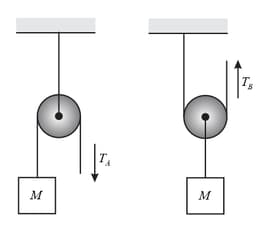B M Sharma Solutions for Chapter: Newton's Laws of Motion (Without Friction), Exercise 16: CONCEPT APPLICATION EXERCISE 6.2
B M Sharma Physics Solutions for Exercise - B M Sharma Solutions for Chapter: Newton's Laws of Motion (Without Friction), Exercise 16: CONCEPT APPLICATION EXERCISE 6.2
Attempt the practice questions on Chapter 6: Newton's Laws of Motion (Without Friction), Exercise 16: CONCEPT APPLICATION EXERCISE 6.2 with hints and solutions to strengthen your understanding. PHYSICS For Joint Entrance Examination JEE (Advanced) Mechanics I solutions are prepared by Experienced Embibe Experts.
Questions from B M Sharma Solutions for Chapter: Newton's Laws of Motion (Without Friction), Exercise 16: CONCEPT APPLICATION EXERCISE 6.2 with Hints & Solutions
A mass is placed on a body of mass . There is no friction anywhere. Force is applied on and it moves with acceleration . Find the force (along axis) on the top body.
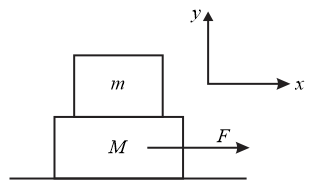
In figure, the mass of the man is . Calculate the mass of the man as registered by weighing machine. Assume weighing machine, man, and wedge all are stationary.
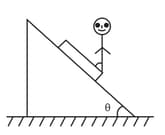
A small object is suspended at rest from two strings as shown in figure. The magnitude of the force exerted by each string on the object is . Find the magnitude of the mass of the object.
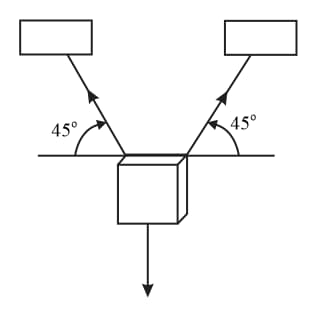
The object in figure weighs and hangs at rest. Find the tensions in the three cords that hold it.
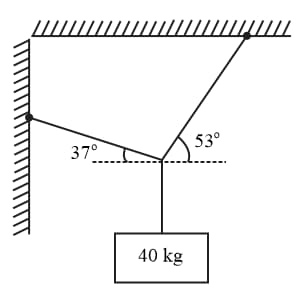
A block of mass is suspended with the help of three strings as shown in figure. Find the tensions and .
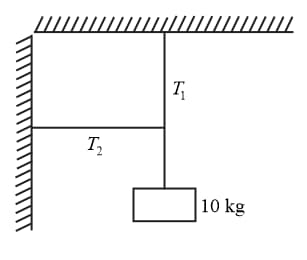
Determine tension in figure.
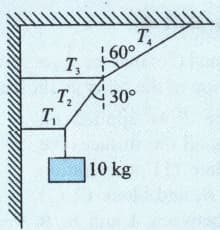
A block of mass is raised by a man in two different ways as shown in figure. What is the action on the floor by the man in the two cases? If the floor yields to a normal force of , which mode should the man adopt to lift the block without the floor yielding?
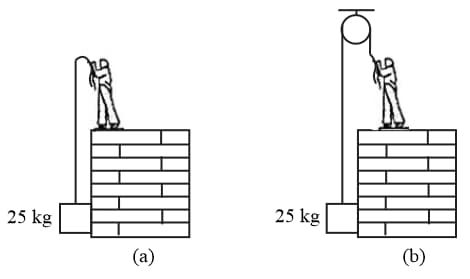
Consider the two configurations shown in equilibrium. I Find the ratio of . (Ignore the mass of the rope and the pulley.)
